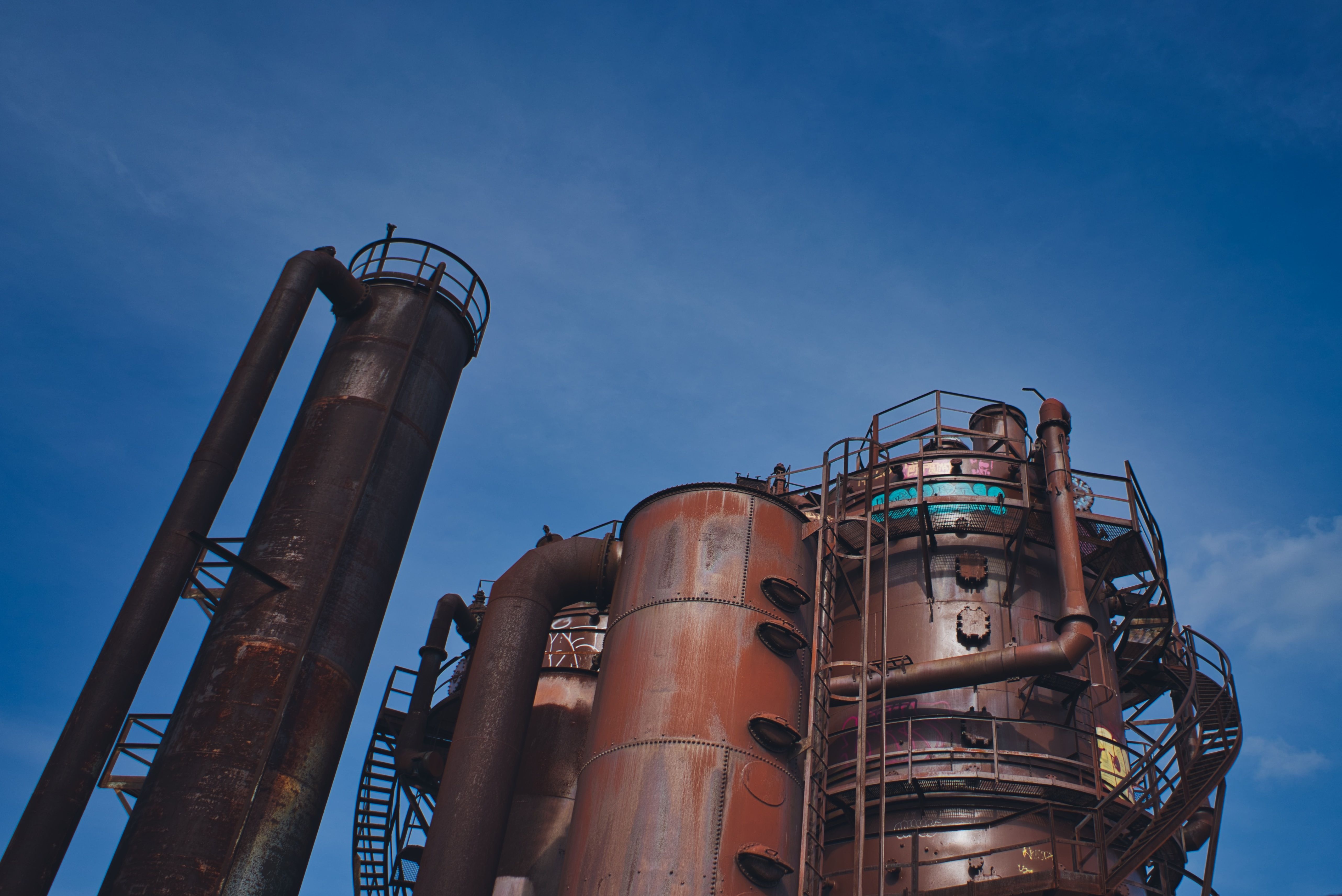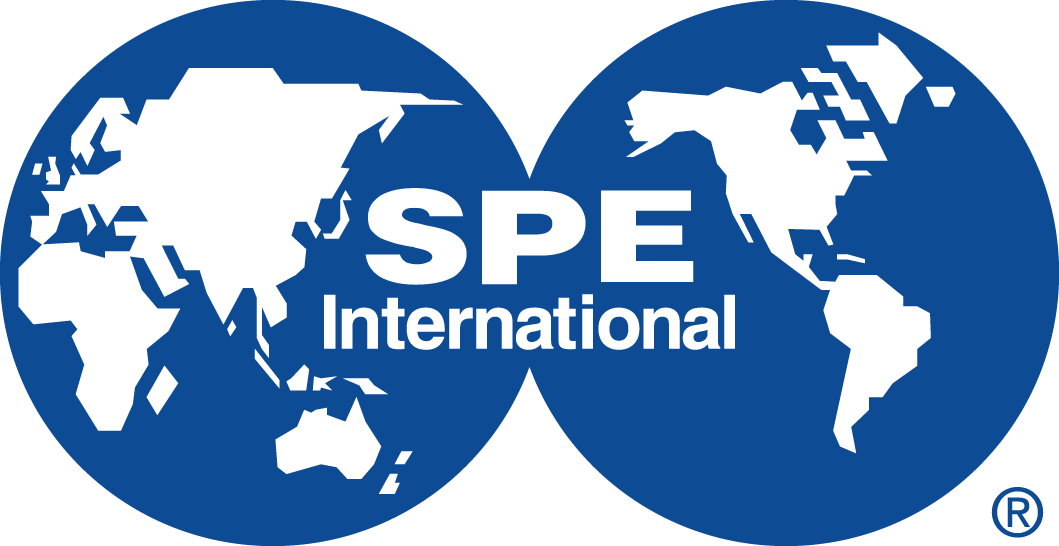Schedule
-
60 mins
-
15 mins
-
45 mins
Over the last 5 years international active exploration companies have increased budgets allocated to Infrastructure Lead Exploration. As this part of the E&A portfolio stands for existing in depth sub-surface knowledge, high geological and commercial success rates, effective drilling operations, low-cost and fast developments and hence likely swift returns on investments. This talk will give an insights on “Wittau”, OMV´s larges discovery in the mature Vienna Basin since 40 years. A story - from the geological idea to the discovery - showing that diligent work and perseverance pay-off.
Keynote Speaker
Hanns Peter Schmid, Exploration Manager Austria, OMV
-
90 mins
Production from subsurface especially in mature assets, due to complexities in operations and marginal operational benefits, is challenging. Underperforming production could be the result of many diverse factors that the production engineer will have to encounter throughout the lifecycle of their assets. Challenges such as: decline in reservoir pressure, liquid loading in gas wells, scaling have a huge impact on the expected well deliverability and overall field operating performance.
Continuous monitoring, early detection and prediction of production alterations, and proactive actions to control or mitigate these issues, is key for successful day to day operations. Additionally, considerable amounts of data are generated during the development, testing and operation of these assets which contains valuable information and insights. In recent years, the application of machine learning, artificial intelligence and big data for extracting information and insights from the data (historical and real-time, structured and unstructured, etc.) received attention in the geo-energy sector.
The goal of this session is to provide insights for using digital solutions for monitoring, predictions and optimizing the production and performance of mature assets. The topics related to this session are (but not limited to);
- Case studies, field cases, challenges, successes, and failures
- Digital Oilfield initiatives and Real time Production Monitoring
- Application of artificial intelligence and machine learning in production optimization
- Descriptive, predictive and prescriptive analytics
- Data mining, data-driven and hybrid models
- Added value of data visualization
- New advancements in digital technologies such as robotics, IoT
Speakers:
Optimising Gas Production Operations: The Well Operating Envelope, Marco D'Ippolito, Mathijs Janzen, Cuurios
Production and operation decision support in geo-energy systems: commonalities and disparities between geothermal and petroleum assets, Pejman Shoeibi Omrani, TNO
Fully Integrated Production Optimisation and Forecasting – a Realistic and Digital Approach, Antonia Thurmaier, Kristoffer Mann, Aker BP
Enhanced Real Time Methods for a Better Reservoir Management, Marco Campriani, Eni
-
30 mins
-
90 mins
Towards the end of the life of a well/field, not only the production and lifting of water poses a problem. An increase of water might also mean a higher load of ions that could form scale like BaSO4, CaSO4, CaCO3 and cause medium to severe production problems from the reservoir near wellbore up to the X-mas tree. The increase of liquids also increases the risk of corrosion throughout the well. Moreover, at the decreasing reservoir pressure the evaporation of water in the gas phase increases and could result in salt drop out near the wellbore that will hamper the gas stream.
This session is intended (but not limited) to:
- Share experiences and results of different mitigation measures for the three mentioned challenges: salt precipitation, various kinds of scale, and corrosion
- Discuss the interaction of the various mitigation methods, especially how these could adversely affect each other; e.g., foamers could wash corrosion inhibitors from the tubing surface
- Explore different applications of surfactants in both oil and gas assets, and for both downhole (such as in gas lifted oil wells for enhancing the efficiency of the gas lift system, stabilizing wells flowing in slug regime, etc.) as well as for topside cases (such as the use of foamers to reduce hold-up in pipelines or act as flowing pigs)
Speakers:
Liquid loading experiments in a reservoir-tubing model with and without added surfactants, Dries van Nimwegen, TNO
Study of a stable viscous interface produced in a Vaca Muerta crude oil treatment facility, Gerardo Martinez Delfa, Vanesa Paredes Muñoz, YPF
Alkali Polymer Flooding: Flow Assurance and Monitoring Challenges, Milan Dardalic, OMV
-
60 mins
-
90 mins
Significant production of oil and gas world wide still comes from mature assets. The challenge of aging assets is to maintain optimal levels of performance. Frequently more attention is required resulting in higher well surveillance and intervention cost.
Optimization requires an integration between all disciplines involved in the operation. For example, the value of fixing a certain problem in a well depends not only on the remaining reserve volume, cost and expected production gain but also on planning and availability of resources. Multiple disciplines are frequently involved; however, in late life field operations, many companies reduce the work force in an effort to control cost.
In contrast with new field developments, existing production systems have a historical performance data which can be used to establish expected metrics. How can engineers monitor and analyse opportunities for recovery and production optimization? What range of disciplines and team structure does the organisation need to efficently optimize the asset? For example, what analyes should be conducted and implemented as solutions in the field? Also, what data is required and how is it effectly managed?
In this session we will discuss techniques and processes for optimization of late life production assets. The speakers will present their methods to monitor and test well and system performance, show the technologies applied and the work processes. The purpose is to learn and be inspired to further develop best practices of late life recovery and production optimisation.
Speakers:
Prediction of Sand Transport in Horizontal Wells, Eduardo Pereyra, University of Tulsa
A combination of challenge and ingenuity for engineers - how to operate a heavy oil reservoir with high pour point, substantial H2S, inert gas and salinity content - case study from Hungary, Veronika Magyar, MOL plc
Ivar Aasen Well Interventions, Trude S. Sæther, Øyvind Andersen, Pål H. Mortensen, Aker BP
-
30 mins
-
90 mins
Artificial lift has been a part of our industry since the early days. Still, the limits of our technology are constantly evolving to unlock new and novel ways to recover resources as efficiently as possible. This evolution brings its fair share of challenges that drive our industry, with ingenuity bringing a new focus to legacy techniques used for lifting fluids to surface with a 21st-century twist. This session will bring to light the latest developments and cutting-edge technologies in the industry that are at the disposal of the production engineer to tackle each of the challenges within their assets. The topics related to this session include:
- Electric Submersible Pumping
- Gas Lift
- Hydraulic Jet and Reciprocating Pumping
- Plunger Lift
- Progressing Cavity Pumping
- Sucker Rod Pumping
Speakers:
Size Effect on Shroud Type Downhole Separator Efficiency, Eduardo Pereyra, The University of Tulsa
Case study for Unconventional ESP Applications in Power Saving in Oil and Gas Fields, Muhammed A. Shams, Levare
Patterns of Innovation in Artificial Lift: S-Curves and Disruption for Surface Controlled Gas Lift and ESPs, Joel Shaw, Silverwell Energy
Artificial Lift Optimization by Data Visualization, Prioritization and Performance Checks - Digitalization of SRP and ESP Data Creating Value in Two Mature Onshore Fields, Michaela Hoy, Matthias Gnauer, OMV
-
60 mins
-
30 mins
-
90 mins
Encouraging Innovation in Production Monitoring and Surveillance(PM&S): Unleashing the Power of Unconventional Ideas.
Are you a forward-thinking professional with groundbreaking ideas for revolutionizing production monitoring and surveillance in the Oil and Gas Industry? We invite you to participate in an exciting conference session that welcomes fresh perspectives and unconventional approaches. This is your chance to contribute your innovative concepts and join a collaborative community of like-minded visionaries.
Our session aims to explore uncharted territories in the realm of production monitoring and surveillance, challenging traditional norms and inviting cutting-edge ideas that might not be widely established. We are seeking papers that push the boundaries of what is considered possible and disrupt the status quo.
What specific data and information do you believe are crucial to maximize the value of this critical asset? Share your unique insights on managing key components of the PM&S system, including HCA and accounting systems, production data management and reporting, losses management, sand and corrosion monitoring, and more. We encourage you to think beyond the conventional and propose new techniques for real-time production performance surveillance, well integrity status monitoring, and reservoir surveillance planning.
In addition, we are particularly interested in your perspectives on data gaps and the techniques that can be employed to gather or evaluate data at a low cost. Your ideas on leveraging emerging technologies like artificial intelligence, pattern recognition, and machine learning to optimize surveillance processes are highly valued. Explore unconventional approaches such as exception-based and opportune-based surveillance, infusing elements of AI to enhance efficiency and accuracy.
Our session also welcomes ideas on how to organize, store, manipulate, and evaluate data in unconventional ways. Break free from traditional methods and introduce us to innovative solutions involving online cloud access, visualization, data analytics, and other transformative tools. Show us how these novel approaches can make production monitoring and surveillance more efficient and effective.
We believe that great ideas can come from anywhere, and this session is your platform to shine. Whether you're an industry veteran or a budding professional, we encourage you to submit your groundbreaking ideas. Let's challenge the existing norms, embrace diversity of thought, and collectively shape the future of production monitoring and surveillance.
Join us in fostering a culture of innovation and discovery. Submit your ideas today and be part of this dynamic conference session where unconventional thinking takes center stage. Together, let's unlock the untapped potential of production monitoring and surveillance.
Speakers:
Improved understanding of downhole liquid loading using mPLT surveillance, Wouter Botermans, Shell, B-PES
Drilling into Truth: The Critical Role of Reliable Sensor Data in Oil & Gas, Sébastien Verhelst, Timeseer.AI
Advanced Monitoring Techniques for wells with Compartmentalized Completions, Mohammad Abshenas, TGT Diagnostics
-
30 mins
-
120 mins
The consequences of formation water production vary from irritation and handicap to disaster and calamity. Small amounts of formation water can already cause severe halite blockage due to evaporative scaling, corrosion in case of carbon steel tubulars or liquid loading in case of insufficient gas velocity. Large amounts of formation water impact both inflow and outflow performance, due a reduction or annihilation of hydrocarbon permeability and due to a significant or disastrous increase of hydrostatic head compromising stable flow and introducing difficulty to re-start following shut-in. Formation water can kill hydrocarbon production forever if formation water cross-flows during (long) shut-in periods and permanently blocks the hydrocarbon producing zones. Excessive formation water can also cause topsides issues related to processing and compatibility constraints.
Early recognition of formation water production and its consequences is essential, as the time window for effective mitigation could be limited. Recognition relies on directly measuring water production and on monitoring the associated changes in inflow and outflow performance. The appropriate mitigation measures depend on the nature of the impact and on the specific well circumstances (onshore, offshore platform, offshore subsea, vertical, horizontal etc.). They vary from introducing an intermittent production cycle, to sustaining outflow by deliquification and artificial lift, to removing and preventing scale deposition, to reviving water-blocked wells by N2 or gas injection and lift, to permanent water shut-off and re-stimulation of the water-impaired hydrocarbon zones.
The goal of this session is to provide insight into the adverse impact of formation water production, and to present potential solutions for mitigating the sometimes dire consequences. We therefore invite your insights and contributions (theoretical studies, lab studies, field trials, field applications, field observations) related to the following topics:
- Methods to detect and quantify formation water (e.g. wet gas metering, water sampling, wellbore pressure drop, choke pressure drop, surface pressure buildup)
- Methods to detect and quantify impact of formation water (e.g. wellhead performance, inflow performance, outflow performance, production logging, transient wellhead performance during kick-off, surface pressure buildup)
- Measures to prevent and remove halite (and other) scale (e.g. fresh water bullheading, fresh water continuous injection, application of scale inhibitor, drawdown reduction, velocity string, water shut-off)
- Measures to sustain outflow performance (e.g. intermittent production, surface compression, velocity string, foam-assisted lift, N2/gas lift, pumping)
- Measures to restore inflow performance (e.g. injecting N2/gas, mutual solvent, surfactant)
- Measures to shut-off water (e.g. bridge plug, mechanical straddle, cement fill, full-block chemical, rel-perm chemical)
Speakers:
Halite scaling risk management in gas wells, Tony Vanderweijer, NAM
High WGR Gas Wells Provide New Insights, Kees Veeken, Mature Gas Well Consultancy
Harbour Energy A02 Drake Field Well Performance & Improvement Opportunities, Erbolat Hussain, Harbour Energy
WOS Asset integrated optimization delivering the last drop, Marcos Monteferrante, Harbour Energy
-
60 mins
-
90 mins
During their production lifetime, almost all gas wells will experience liquid loading. This liquid loading will occur when the gas rate drops below the minimum stable rate or liquid loading rate. Consequently, the flow regime will change from annular flow into slug/churn flow, which will result in a relatively higher liquid hold-up and hence higher hydrostatic and friction pressure drop. As a result, bottom hole pressure increases, gas rates will significantly decline, and gas flow typically becomes intermittent in nature.
In order to maximize ultimate gas recovery, surface depletion compression and gas well deliquification (GWD) are needed. Many different GWD methods exist and below examples of such GWD methods are given:
- Surface compression
- Intermittent production with reservoir recharge
- Velocity string
- Surface choke
- Foam lift (batch and continuous)
- Plunger lift
- Gas lift
- Downhole pump
- Tail-end extensions (to combat liner loading)
Considering that each GWD method has its own application envelope, it is essential to optimally schedule the different methods in order to optimize gas well recovery.
This session aims to discuss the following topics for which your contributions are invited:
- New insights into the prediction of liquid loading (including liner loading)
- New methods to predict the impact of different GWD methods
- Development of new GWD techniques
- Expanding the operating envelope of existing GWD methods
- Examples of scheduling and/or combining GWD techniques
- Any further topic that will further combat liquid loading and hence will improve production/UR
Speakers:
Plunger-Less Lift - Game Changer in Gas Wells with SSSV, Kees Veeken, Mature Gas Well Consultancy
Britania Gas bull-heading story, Abbas Delavar, Harbour Energy
Modeling Gas Acoustic Velocity in Oil and Gas Wells, Robert P Sutton, Consultant

SPE Training Course: Optimizing Gas Well Performance and Deliquification
22 January 2024 | Vienna, Austria
Disciplines: Production Optimisation | Reservoir
Instructor: Kees Veeken, Mature Gas Well Consultant
Gas wells stand as the linchpin in any gas production system, and their performance is absolutely pivotal. The key to a thriving gas project lies in precise production forecasts and the swift implementation of measures to enhance capacity, preserve, and even amplify gas well potential. Our dynamic course equips you with the expertise to not only comprehend and analyse gas well performance, but also to handpick and design the most effective remedial measures.
SPE Member - USD 750 +VAT
Non-Member - USD 950 +VAT



)
)
)
)
)
)
)
)
)
)
)
)
)
)
)
)
)
)
)
)
)
)
)
)
)
)
)
)
)
)
)
)
)
)
)
)
)
)
)
)
)
)
)
)
